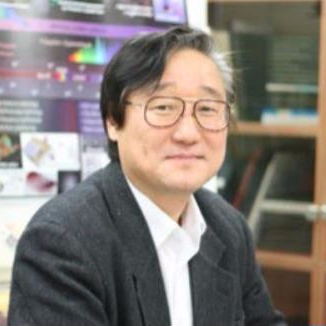Laser Frequency Combs for Absolute Distance Measurements
A special issue of Applied Sciences (ISSN 2076-3417). This special issue belongs to the section "Optics and Lasers".
Deadline for manuscript submissions: closed (31 March 2019) | Viewed by 3002
Special Issue Editor
Interests: precision engineering; optical metrology; optical frequency comb
Special Issues, Collections and Topics in MDPI journals
Special Issue Information
Dear Colleagues:
In the last decade, remarkable progress has been made in laser frequency comb technology by making use of crystals or fiber type mode-locking oscillators, electro-optic modulators, and micro-cavities. These laser frequency combs are being employed for diverse investigations to advance frequency metrology and spectroscopy. In this Special Issue, focus is given to absolute distance measurements, for which laser frequency combs are offering new possibilities beyond the capabilities of traditional light sources. In this respect, quite a few advanced techniques have been demonstrated with the common aim to achieve sub-wavelength precision in long-distance ranging by taking the advantage of unique time and/or frequency domain characteristics of laser frequency combs. Examples include radio-frequency synthetic wavelength interferometry, pulse-to-pulse cross-correlation interferometry, dispersive spectral comb interferometry, dual-comb multi-heterodyne interferometry, multi-wavelength interferometry and time-of-flight measurement using nonlinear optical cross-correlation.
The present Special Issue is intended to compile a collection of articles reporting both concise reviews of recently obtained results, and new findings produced in this research area of absolute distance measurements. The topics are not limited strictly to measurement principles, but are assumed to address related applications in diverse fields, such as geodesy, machines design, space engineering and opto-mechatronics.
Prof. Dr. Seung-Woo KimGuest Editor
Manuscript Submission Information
Manuscripts should be submitted online at www.mdpi.com by registering and logging in to this website. Once you are registered, click here to go to the submission form. Manuscripts can be submitted until the deadline. All submissions that pass pre-check are peer-reviewed. Accepted papers will be published continuously in the journal (as soon as accepted) and will be listed together on the special issue website. Research articles, review articles as well as short communications are invited. For planned papers, a title and short abstract (about 100 words) can be sent to the Editorial Office for announcement on this website.
Submitted manuscripts should not have been published previously, nor be under consideration for publication elsewhere (except conference proceedings papers). All manuscripts are thoroughly refereed through a single-blind peer-review process. A guide for authors and other relevant information for submission of manuscripts is available on the Instructions for Authors page. Applied Sciences is an international peer-reviewed open access semimonthly journal published by MDPI.
Please visit the Instructions for Authors page before submitting a manuscript. The Article Processing Charge (APC) for publication in this open access journal is 2400 CHF (Swiss Francs). Submitted papers should be well formatted and use good English. Authors may use MDPI's English editing service prior to publication or during author revisions.
Keywords
- laser frequency combs
- absolute distance measurements
- comb interferometry
- time-of-flight of ultrashort light pulses
- ultrashort pulse lasers





